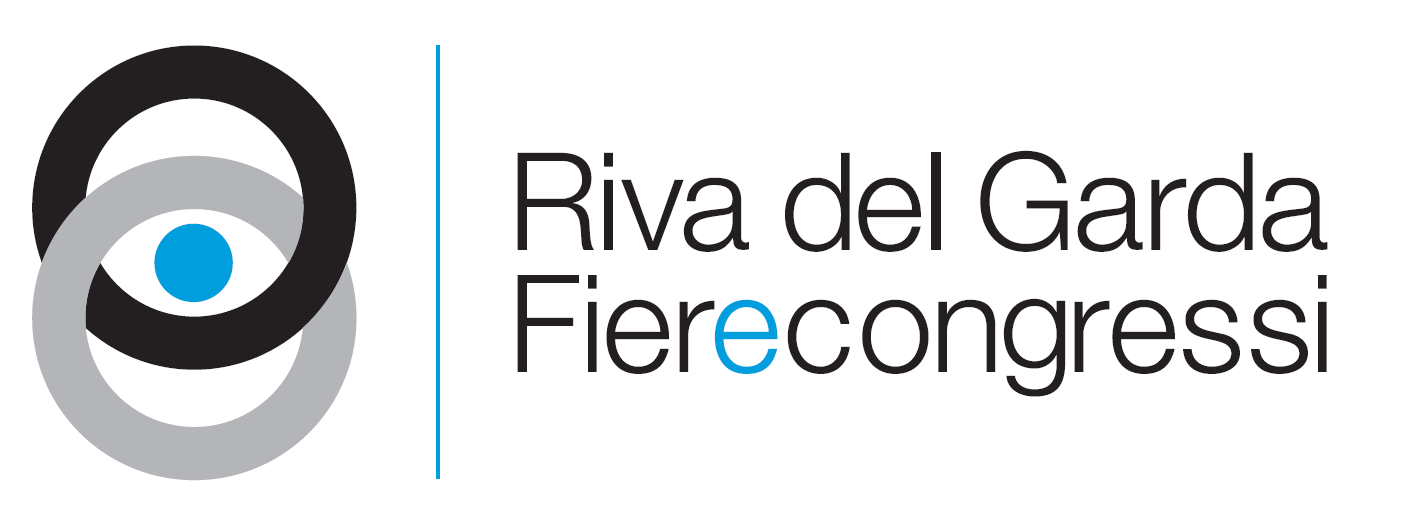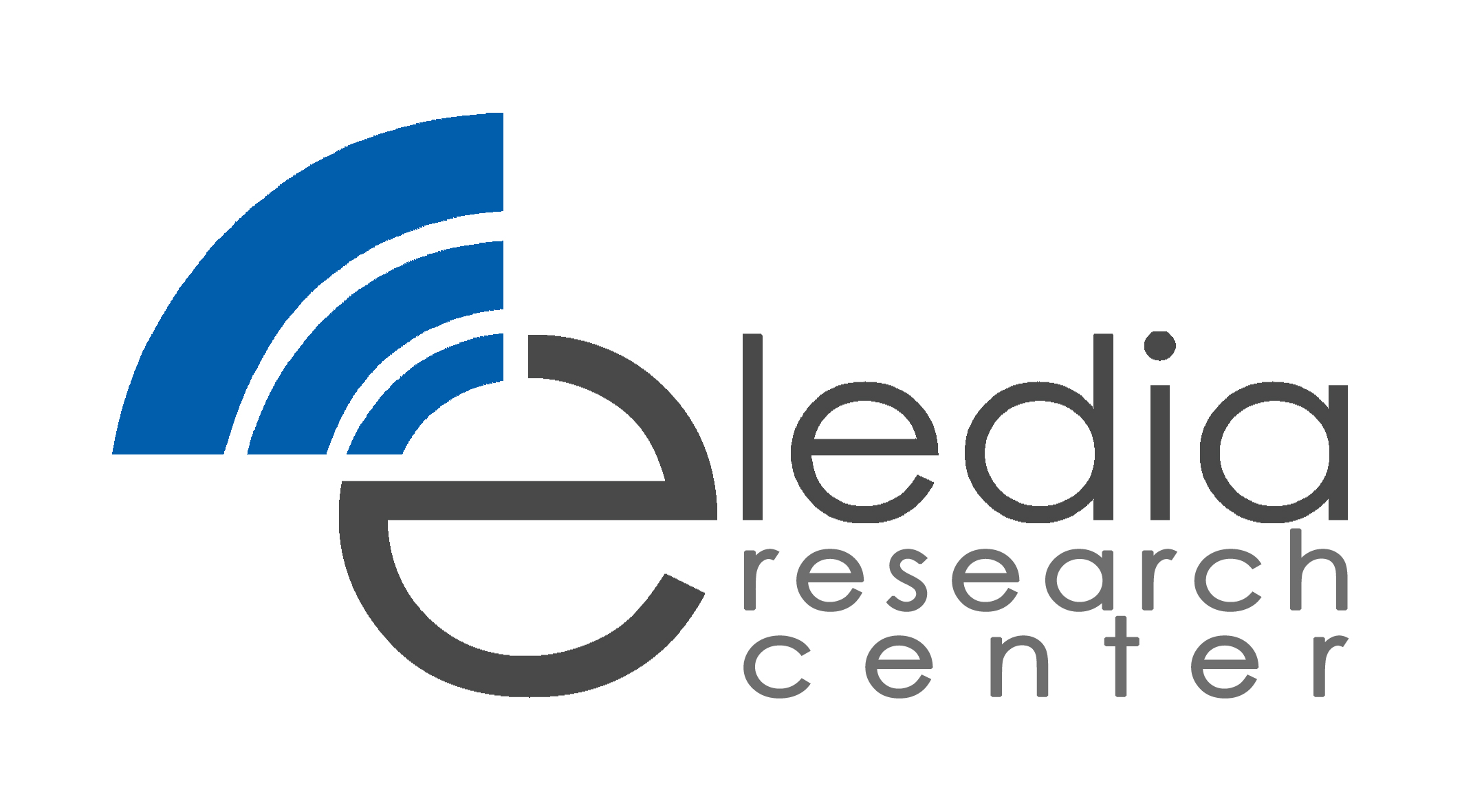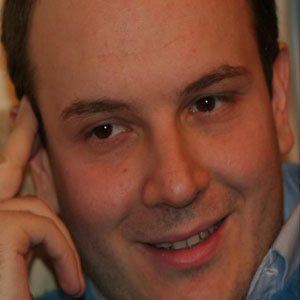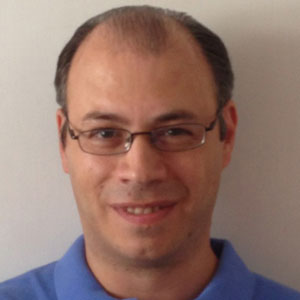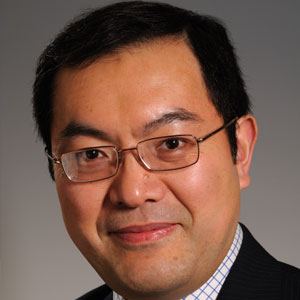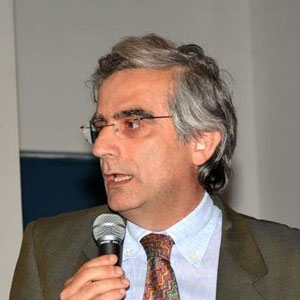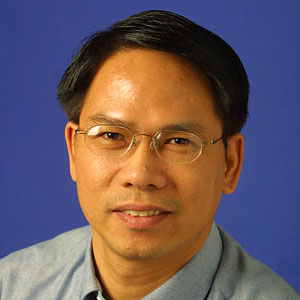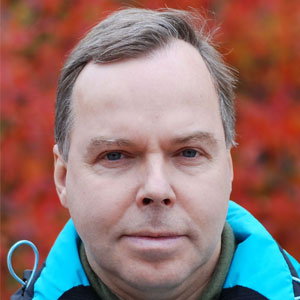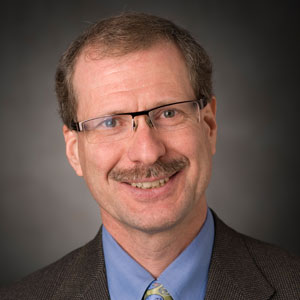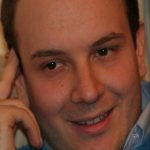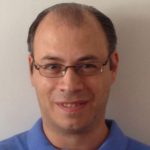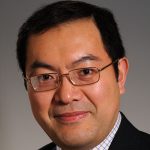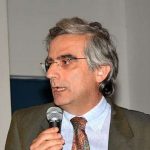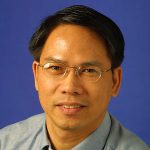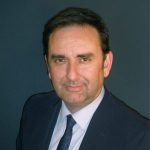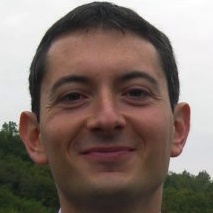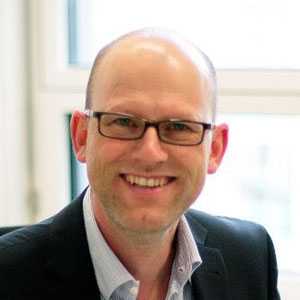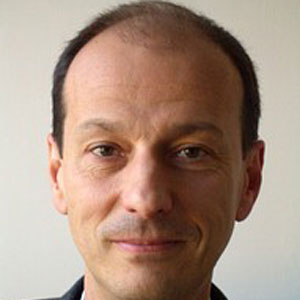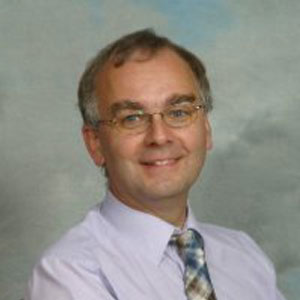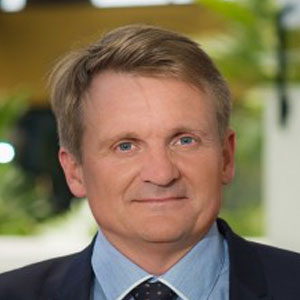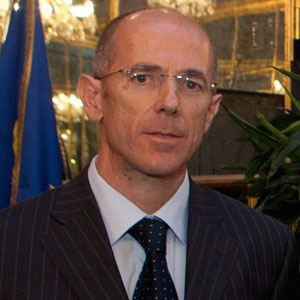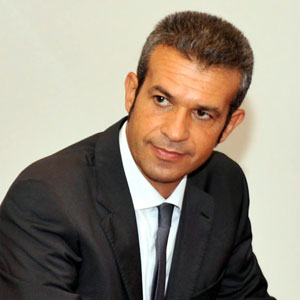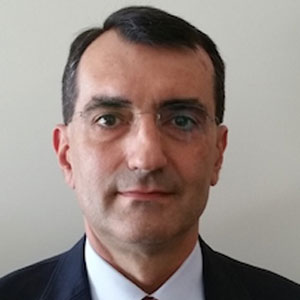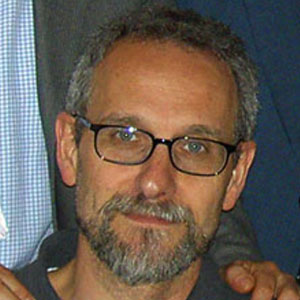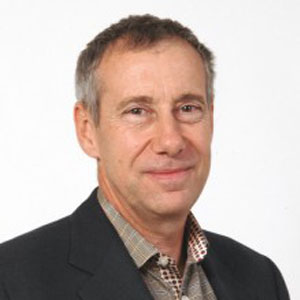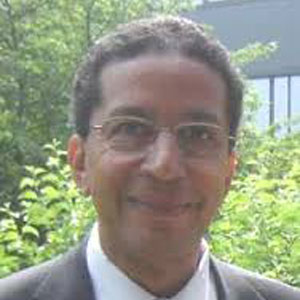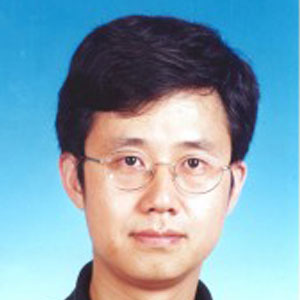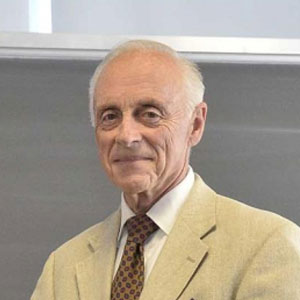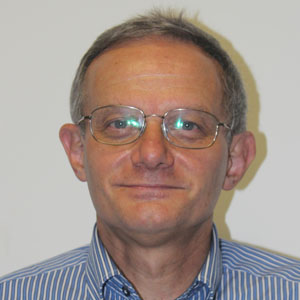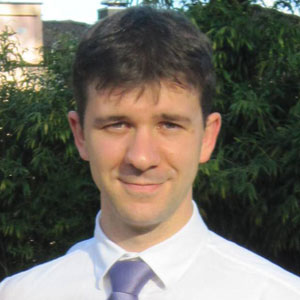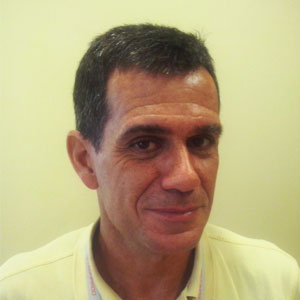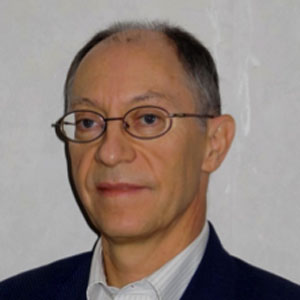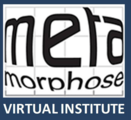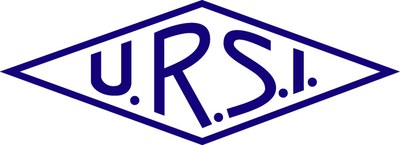Filiberto BILOTTI - Università Roma TRE, Italy
The recent advances in cloaking technologies have a dramatic impact in the design of microwave antennas. In particular, in this presentation, we show how cloaking technology can effectively solve three typical problems related to antennas: a) reduce the blockage effects caused by obstacles (e.g. structural elements) placed in front of the antenna aperture; b) minimize the scattering by a receiving antenna (e.g. a measuring probe or a sensor) to enhance its measurement capability; c) reduce the mutual blockage effects among transmitting antennas placed in close electrical proximity (e.g. radiators installed on the same communication tower).
Giacomo OLIVERI - ELEDIA Research Center@UniTN, Italy
Sergei TRETYAKOV - Aalto University, Finland
Electrically thin composite layers (metasurfaces) can be used to realize extremely thin absorbers, lenses, focusing reflectors, and more. Conventionally, the metasurface design has been based on assuring the desired reflection or transmission properties at every point of the metasurface area, using the generalized laws or refraction and reflection. However, this approach does not lead to exactly the required performance. In this review talk we will show how it is possible to create metasurfaces which function exactly as is required by the design specification (within some limitations, which we will discuss).
Stefano MACI - University of Siena, Italy
Metasurfaces (MTS) have been proved to offer a high degree of flexibility in controlling electromagnetic waves. In fact, by precisely designing and placing either metallic or dielectric inclusions, MTS are able to mimic materials with exotic electromagnetic constitutive parameters, provided that such inclusions are much smaller that the wavelength. Under this condition, the MTS can be accurately characterized in terms of equivalent surface impedance relating the tangential components of the average electric and magnetic fields. By introducing a modulation of the equivalent surface impedance, it is possible to engineer the interaction of a given incoming field with the MTS. In particular, periodically modulated MTS can be used to gradually transform a surface wave into a leaky-wave (LW), thus leading to leaky-wave MTS antennas. In the recent years, several approaches have been proposed in order to add reconfigurability to metamaterials and metasurfaces through either mechanical or electromagnetic control of the basic elements. When using a MTS for antenna applications, a dynamic change of the MTS is translated into a dynamic change in the radiation properties of the antenna (beam direction, beam shape, bandwidth, impedance matching and polarization). We propose to apply the reconfigurability concepts to MTSs digitalising the surface with the purpose to design highly reconfigurable antenna. In this talk, we will present some of our most recent results on this ongoing effort, and will discuss their physical insights.
Vincenzo GALDI - Università del Sannio, Italy
This talk will provide an overview of some recent and ongoing research activities on metamaterials and metasurfaces at the University of Sannio. These include, for instance, the integration of metasurfaces and photonic crystals in fiber-optics platforms as well as the design of “digital” metasurfaces. Attention will also be given to the optimized design of dielectric mirrors for gravitational interferometry.
Yang HAO - Queen Mary Univ. of London, UK
Recent breakthroughs in the theory of Transformation Electromagnetics, such as the possibilities concerning cloaking and invisibility, have caught both the scientific and popular imagination, and have stimulated a huge growth in related research around the world. The potential of the underlying Transformation Electromagnetics approaches however have much wider applicability than cloaking alone, in arguably more important applications that span communications, energy transfer, sensors and security. However, theory and concepts are outstripping practical demonstration and testing, leading to a mismatch in what may be theorised and computed and what can be realised for impact in society and commerce. In this talk, Prof. Hao will review the history of research on transformation electromagnetics and metamaterials for achieving the invisibility. He will demonstrate potentials and physical limitations of metamaterials through numerical simulations and microwave experiments. The roadmap for developing radically novel devices based on transformation electromagnetics and metamaterials engaging UK leading theorists, modellers and material scientists will be discussed.
Tommaso ISERNIA - Università Mediterranea di Reggio Calabria, Italy
Inverse scattering plays a fundamental role in a number of applications aiming to recover the e.m. properties of given obstacles (biomedical imaging, subsurface exploration, NDT/NDE, many others). Hence, a wide body of knowledge do exist on difficulties, limitations to faithful retrieval, effective inversion techniques. When considering specifications on the total fields rather than fields measurements, all such a body of theoretical and algorithmic knowledge can be conveniently exploited in the design of innovative devices. The talk will review some of the possibilities arising from such a change of perspective, including new approaches to antenna synthesis and cloaking.
Douglas H. WERNER - Penn State University, USA
The primary focus of this presentation will be on refractive-index-engineered metamaterials-by-design. The rapid development of technology based on refractive-index-engineered metamaterials coupled with the recent introduction of the transformation optics technique provides RF/optical device designers with an unprecedented ability to manipulate and control the behaviour of electromagnetic wave phenomena. This has led to an ever increasing demand for more sophisticated design tools which can be utilized to customize the electromagnetic properties of refractive-index-engineered devices. These refractive-index-engineered devices typically feature a large number of conflicting design objectives. Traditional optimizers require the user to combine these objectives in some way, but it is often difficult to know a priori the best approach for accomplishing this. Multi-objective optimizers require no a priori assumptions on the part of the design engineer, and they provide a set of solutions which reveal the various trade-offs between the different objectives. Several examples will be presented of RF and optical devices that have been realized by employing a metamaterials-by-design approach based on either a single- or multi-objective global optimization scheme.
Qing Huo LIU - Duke University, USA
Metamaterials, photonic crystals, and phononic crystals are periodic structures that have numerous potential applications. However, a significant challenge in design optimization of such periodic structures is the huge computational costs in large-scale simulations. Advances in high-precision, high-efficiency computational methods will have significant impact on these emerging areas. In this presentation, we will discuss our recent efforts to improve the accuracy and efficiency in computational electromagnetics and computational elasticity for such devices. We will present the spectral-element method and spectral integral method in frequency domain for Maxwell's equations with applications in photonic crystals and plasmonics, and for nonlinear effects such as second harmonic generation; we will also present our recent work on the spectral element method for phononic crystals. We show that our new method can be at least ten times more efficient than the conventional methods for such new applications.


